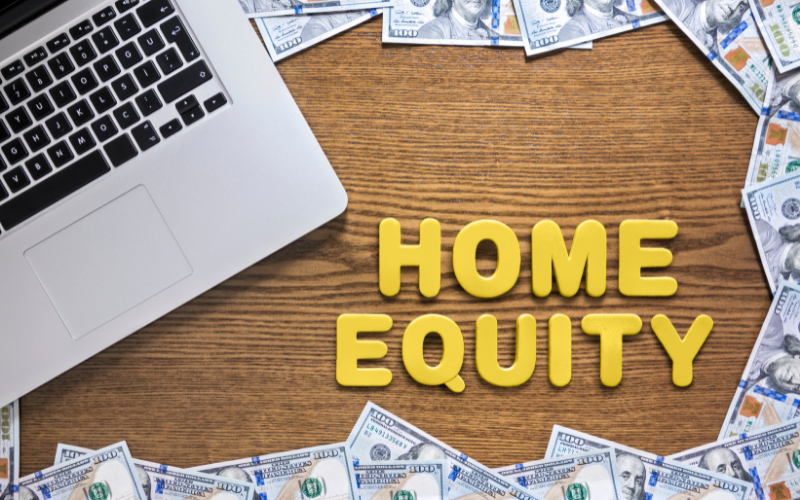 Buying a house is an exciting time, but homeowners also need to make the best financial decision to meet their needs. One of the biggest decisions potential homeowners will face is how much money to put down.
Buying a house is an exciting time, but homeowners also need to make the best financial decision to meet their needs. One of the biggest decisions potential homeowners will face is how much money to put down.
A down payment is the amount of money that homeowners pay upfront when they purchase a home. Many homeowners believe they need to put down 20 percent; however, this is not always the case. What do homeowners need to know about putting a down payment on a house?
20 Percent Is Not Always Required
The reason why homeowners often believe they need to put down 20 percent is that lenders will often require a 20 percent down payment to avoid paying PMI. PMI stands for private mortgage insurance. If a homeowner puts down less than 20 percent, the lender takes on significant risk if the homeowner defaults. Therefore, the lender may require the homeowner to purchase PMI to protect the lender against the risk of default.
Homeowners might be able to secure a loan with 10 percent down if they are willing to pay PMI. First-time home buyers might be able to secure a home loan with as little as 3.5 percent down if they go with an FHA loan.
The Relationship Between Down Payments And Interest Rates
Homeowners might want to put down more money to earn a lower interest rate. Securing a lower interest rate could save homeowners tens of thousands of dollars over the life of the loan. If homeowners put down more money, the lender doesn’t take on as big of a risk. Therefore, the lender might be willing to charge a lower interest rate.
Work With A Professional
Ultimately, the size of the down payment is one of the biggest decisions potential homeowners have to make. It can take a long time to save up 20 percent for a home, but this is not always required. Homeowners need to know whether they need to pay PMI if they do not put 20 percent down, and they need to understand how the size of the down payment will impact the interest rate on a loan. It is a prudent idea to consult with a professional when deciding how much money to put down for a house.

 There are a number of significant advantages that come with homeownership, and one of the biggest advantages is the ability to take out a home equity loan. As homeowners pay off the mortgage, the amount of equity in the house increases. Homeowners can borrow against the equity in their house to fund other projects. For example, homeowners could borrow against home equity to complete a home renovation, pay medical expenses, or pay down student loans. The most common home equity loans include cash-out refinances, a traditional home equity loan, and a home equity line of credit. Which is the best option?
There are a number of significant advantages that come with homeownership, and one of the biggest advantages is the ability to take out a home equity loan. As homeowners pay off the mortgage, the amount of equity in the house increases. Homeowners can borrow against the equity in their house to fund other projects. For example, homeowners could borrow against home equity to complete a home renovation, pay medical expenses, or pay down student loans. The most common home equity loans include cash-out refinances, a traditional home equity loan, and a home equity line of credit. Which is the best option?  The vast majority of people will need to go through a mortgage lender when purchasing a home. One of the last steps in the purchase process is the home appraisal. The lender wants to make sure they are not lending more money than the house is worth. If the appraisal value comes in above what the buyer is paying, then the buyer is happy because they might be getting a great deal. On the other hand, if the appraisal comes in below what the buyer is paying, this can be frustrating. What is the appraisal gap, and how does it work?
The vast majority of people will need to go through a mortgage lender when purchasing a home. One of the last steps in the purchase process is the home appraisal. The lender wants to make sure they are not lending more money than the house is worth. If the appraisal value comes in above what the buyer is paying, then the buyer is happy because they might be getting a great deal. On the other hand, if the appraisal comes in below what the buyer is paying, this can be frustrating. What is the appraisal gap, and how does it work? 